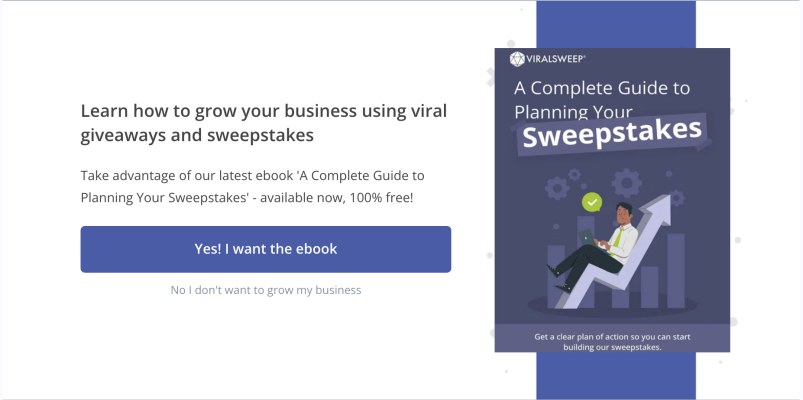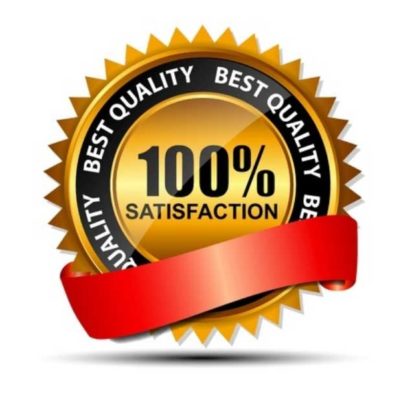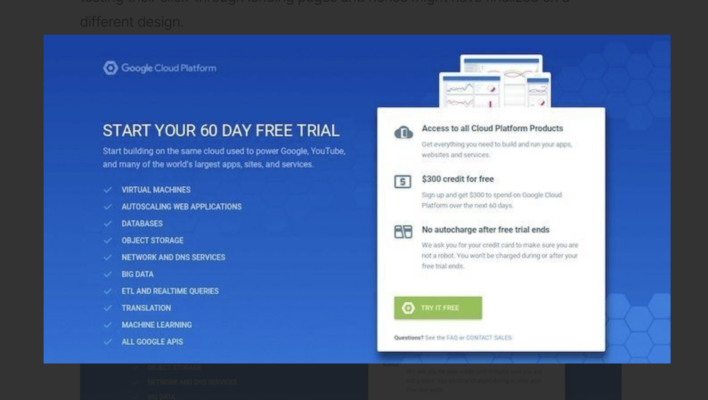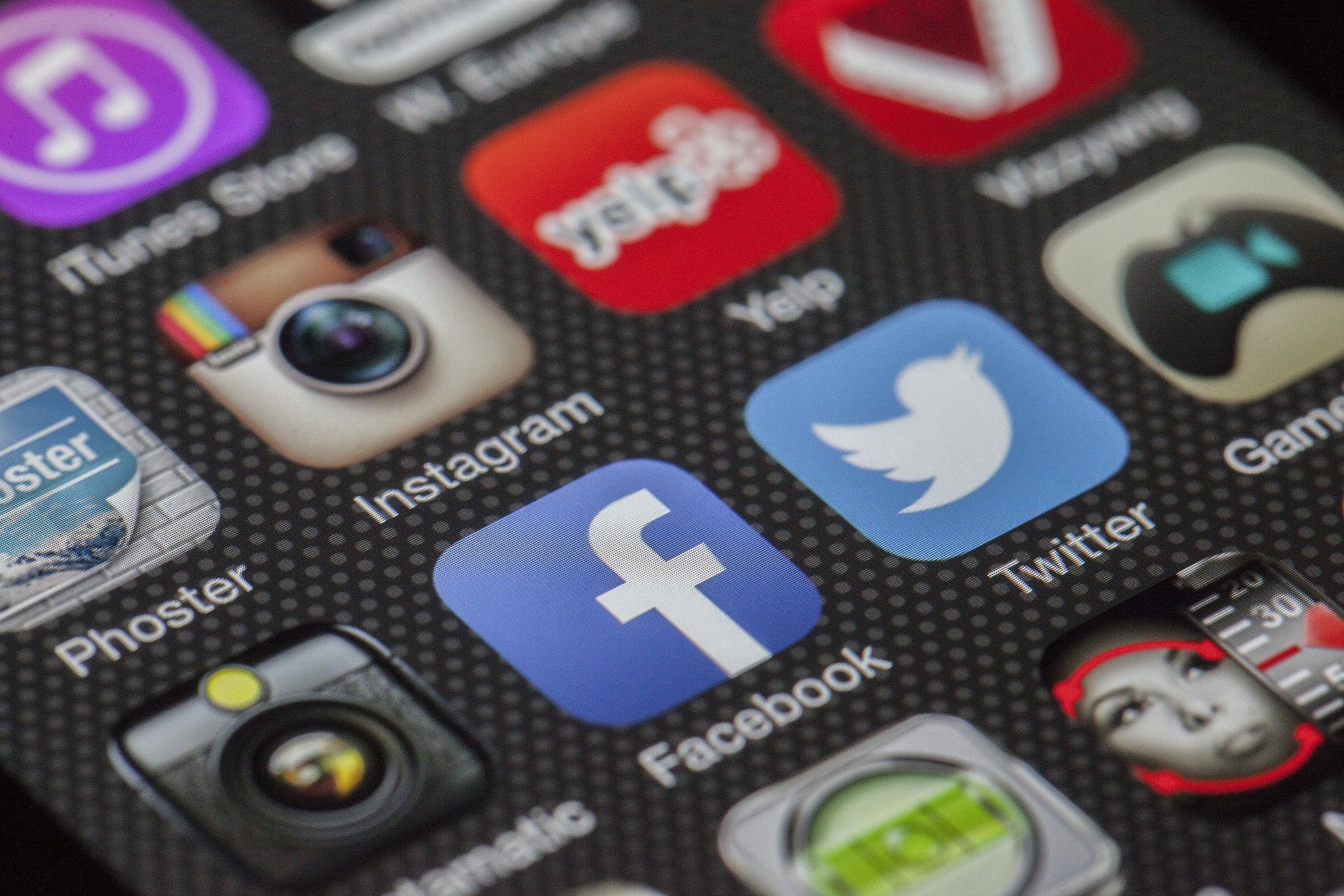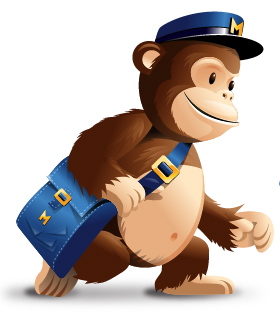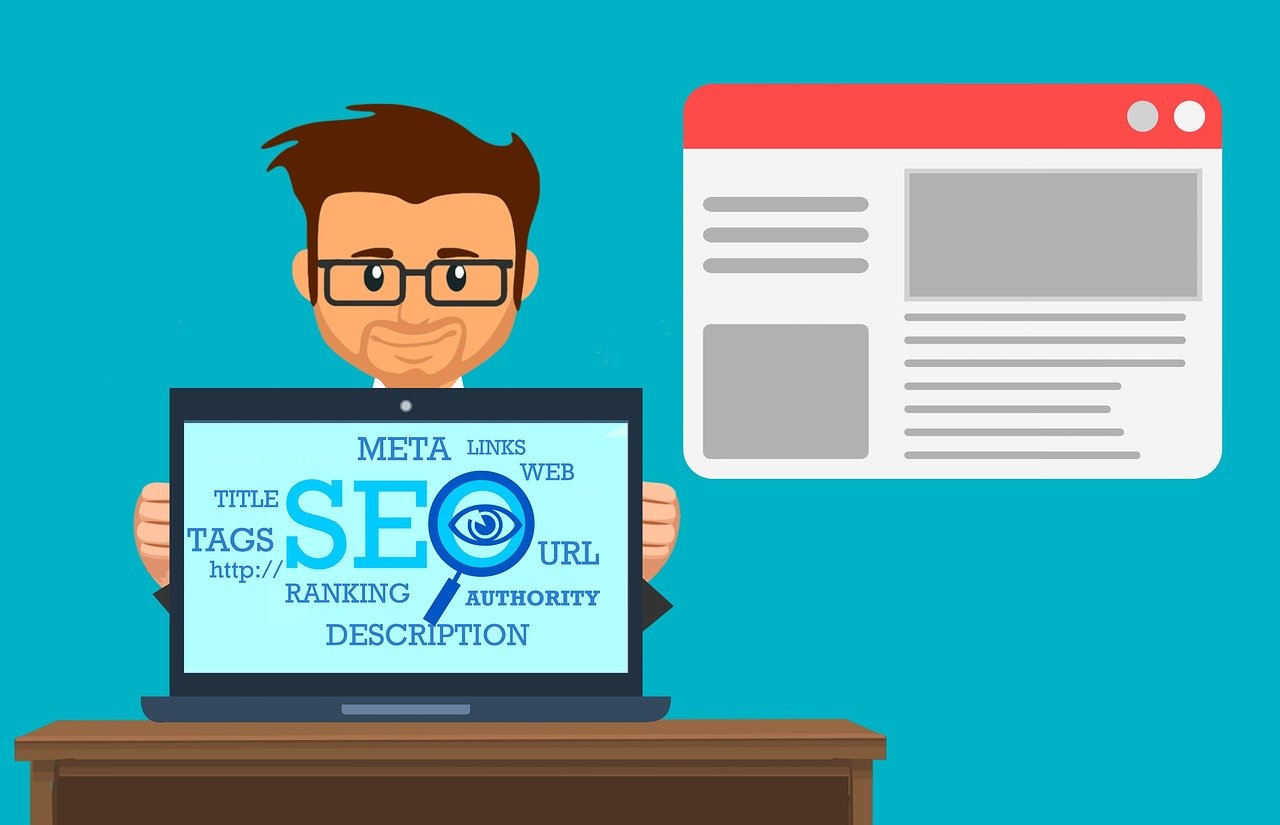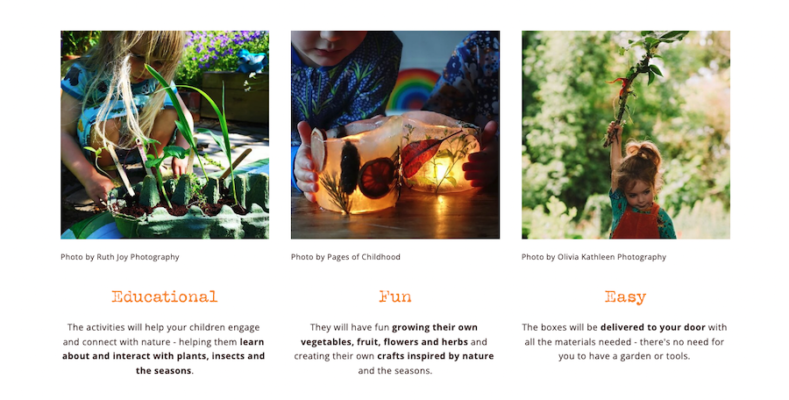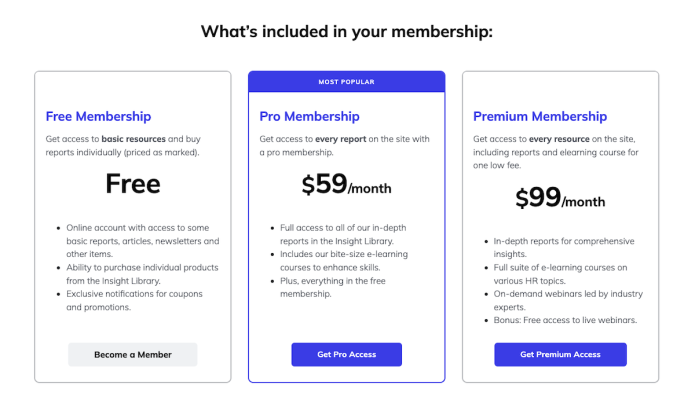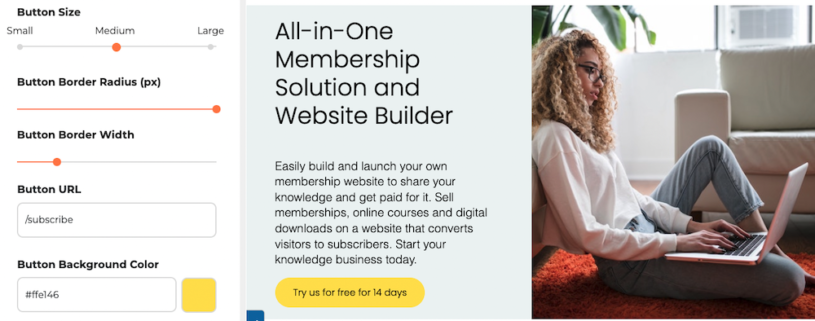
Creating a landing page that converts is essential for any membership website or web-based business. Landing pages are integral to building your audience, email list and customer base. A successful landing page needs to feature specific elements to optimise the conversion of visitors into leads. Below, we'll outline the five key elements to create a high converting landing page that generates leads.
What is a landing page?
A landing page is a specific webpage designed to convert website visitors into qualified leads by drawing them into your marketing funnel. It's typically the first page a visitor sees after clicking on an ad or a search engine result. It’s sometimes also referred to as a "lead capture page", "single property page", "static page", "squeeze page" or a "destination page".
It's designed to be a standalone page with the single purpose of generating leads or sales.

5 Key converting elements
There are several key elements required to create an effective landing page. These essential elements will increase the engagement of visitors thereby maximising conversion rates.
- A compelling headline
- A single call-to-action (CTA)
- Highlight benefits
- Design a scrollable page
- Include social proof
1. Write a compelling headline
Write a compelling headline that immediately communicates the value of the product or service being offered. It should be brief and to the point. It should be designed for visual impact and prominently displayed above the fold, meaning that it is visible without the visitor having to scroll down the page.
If the visitor is being directed to your landing page from an ad or search, the headline on your landing page should align with your ad copy and the user’s search query.
It should be supported by an informative sub-headline that can go into more detail and depth. Together, the two pieces of copy reinforce your sales message.
2. Feature a single focused CTA
Your call-to-action (CTA) should prompt visitors to take a single next action - such as entering their email, signing up for a free trial or making a purchase. Conversion rates are always highest on landing pages with a single, clear call-to-action. Presenting visitors with a single purpose, increases the likelihood that they will act.
The CTA should be prominently displayed and easy to find. Distinguish it with a contrasting color or design element so it stands out from the rest of the page. This guides a casual reader scanning the page right to the conversion point.
Studies show that descriptive button copy, increases conversions. Incorporate the use of descriptive words on the button text. Instead of writing “Click here”, use copy that will engage visitors and inspire the desired action. Have the button copy identify and educate the visitor about the benefit they'll gain by clicking the CTA.
3. Highlight the benefits of your product
Persuasive copy is the foundation on which a high conversion rate is achieved. By informing visitors to the core benefits of your product, they'll be convinced of its worth. When writing your copy, keep these tips in mind:
- Use simple, clear, specific language - Present information simply so the reader can digest it quickly. Keep copy short and to the point.
- State the benefits before features - State the benefits the visitor will receive, then explain the feature that provides that benefit. This engages readers earlier, maintaining their interest.
- Proofread - A landing page is the cover by which you will be judged - triple-check your spelling and grammar or risk a terrible first impression that could cost you.
4. Create a scrollable page
Formatting is the simplest step on the road to an improved conversion rate. There are a wealth of great templates out there for landing pages. Unbounce is just one source of inspiration. Your landing page should be designed to convey a journey with a start, middle and end.
Website visitors scan a page for the information they want. This is where formatting can make or break a landing page. Break up your copy and give sections a clear heading so that a reader can quickly find what they are looking for.
Visual content is essential to a landing page. Since the brain processes images 60,000 times faster than text, your page's images have the potential to influence a visitor's actions. Your images need to reinforce or expand upon the text, not distract from it. Make sure image files have been compressed so they load fast. A slow loading page can decrease your conversion rate.
Your landing page should also be optimized for mobile devices, as an increasing number of consumers are using their smartphones to browse the web. This means that the layout should be responsive and the text and images should be easily readable on a small screen.
5. Include social proof
Social proof can be a powerful tool for converting those fence-sitters by providing credibility of your product. A cautious reader is far more likely to believe and be swayed by a third party than you. 90% of consumers read reviews before making a purchasing decision. Social proof can be displayed in a number of forms:
- Testimonials and case studies -- they are a great way for readers to learn about your company, exactly what you do. Video testimonials are great, but post a choice quote next to them; the short attention span of the average visitor means they won't be willing to commit to watching a video.
- Include quotes from great reviews, with a link to where the review is posted so that a visitor can trust that is authentic.
- Got any awards? Show them off on your landing page, it will show visitors that you are at the top of your field and will inspire more confidence in you, leading to a higher conversion rate.
- Embed tweets or Facebook posts from clients so a visitor can see that you have good customer service and that you are active on social media.
- Show off your follower base - there is safety in numbers and if lots of people are following you, you must be good.
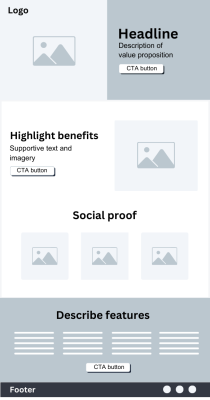
Landing page outline
The best landing pages include only essential information for the featured product. Anything more and you risk distracting visitors from taking the intended action.
This landing page outline is a guide for the optimal structure and persuasive elements needed to build a converting page.
Conclusion
If you've followed the above advice then your landing page should be great, but it will never be finished. You should be continually optimising to ensure you are always converting the maximum percentage of visitors. Keep testing and monitoring the effect each change has on your conversion rates. You'll be surprised how small changes can make a big difference.
A well-designed landing page can be a powerful tool for converting website visitors into leads or customers. By focusing on a compelling headline, a strong call-to-action, relevant images and videos, and social proof, you can increase the chances of visitors taking the desired action on your website.


